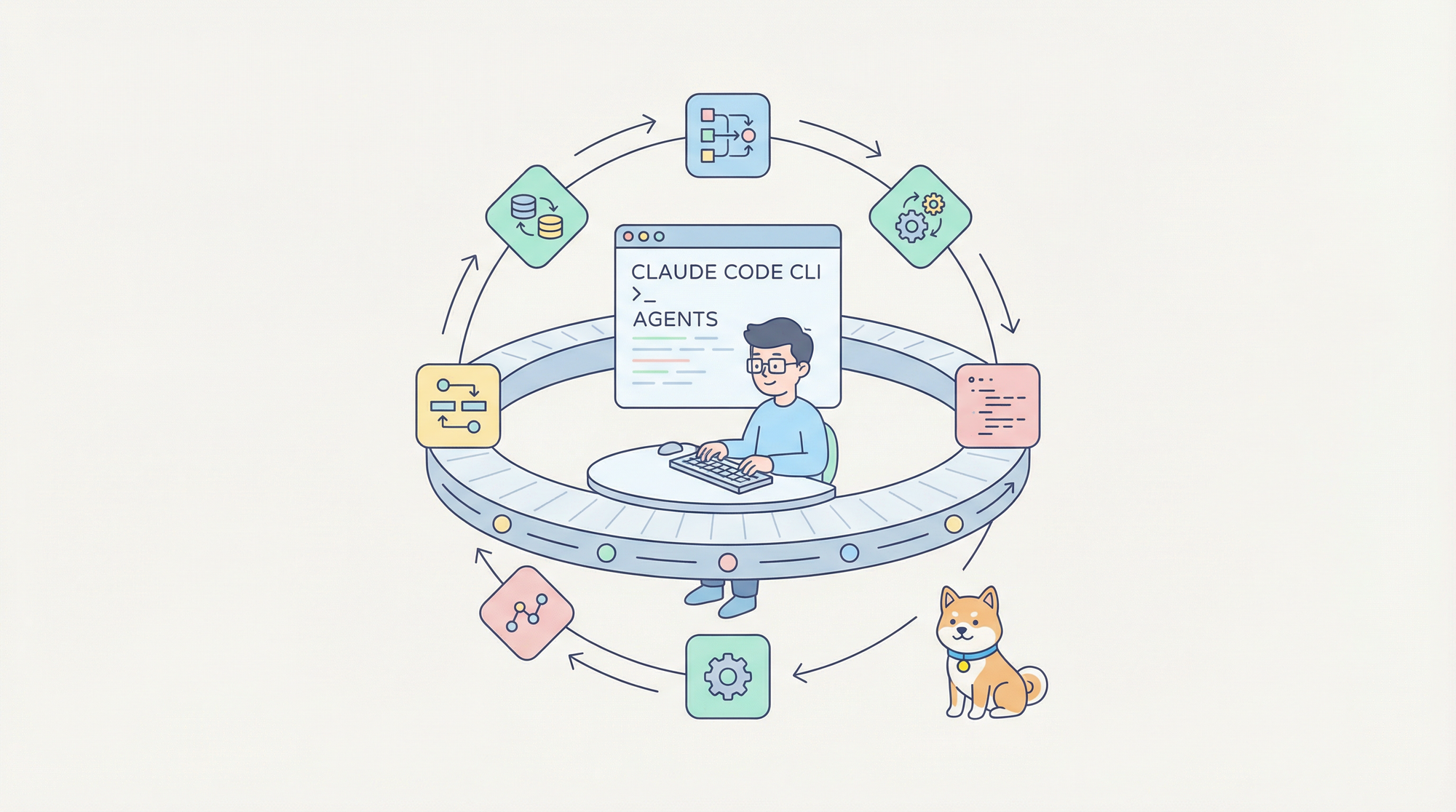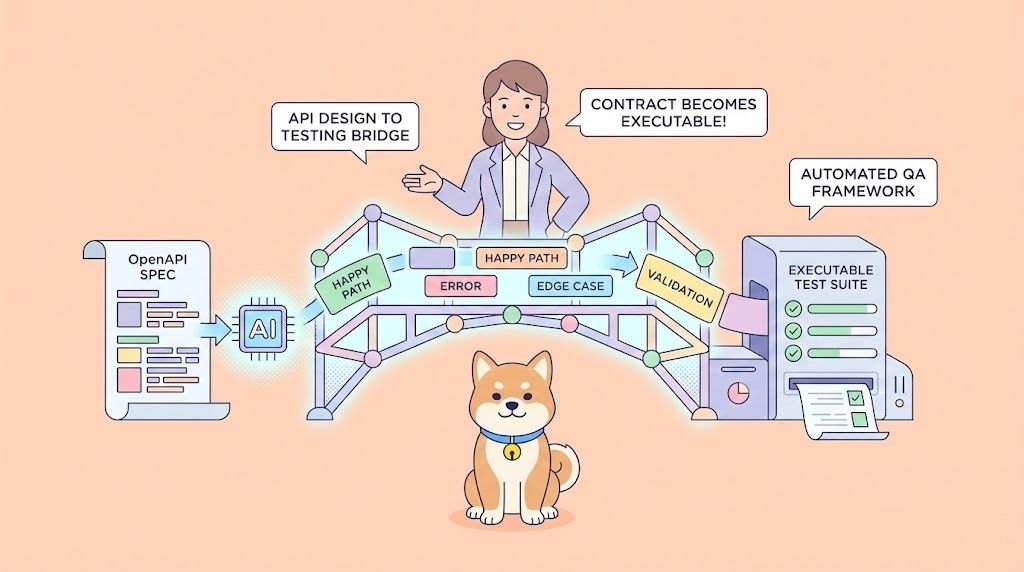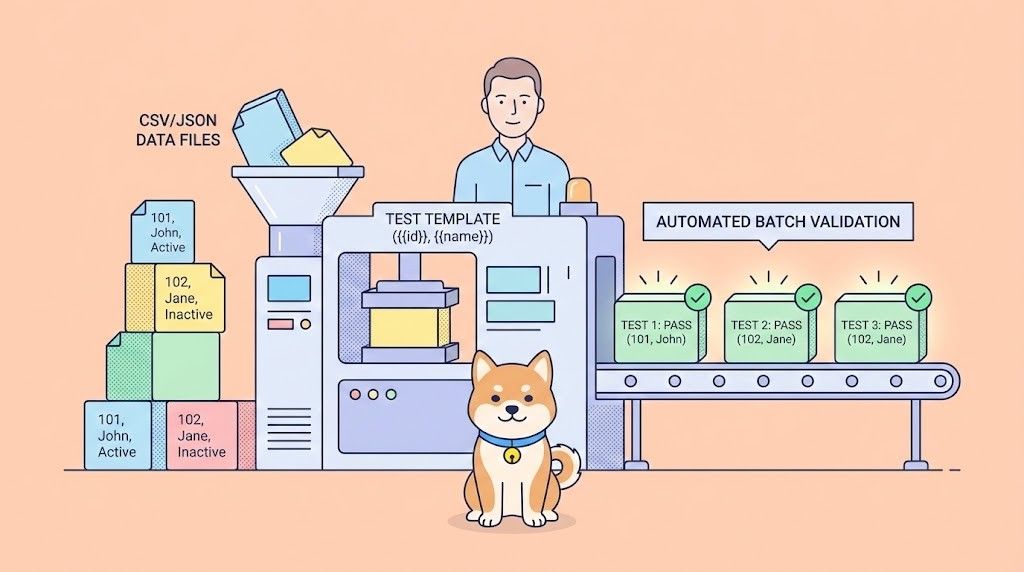Documentation is the backbone of maintainability, onboarding, and collaboration for modern software development. Yet traditional documentation is time-consuming, error-prone, and quickly becomes outdated — rarely anyone’s favorite task. Enter AI-powered documentation: the next-generation approach that leverages artificial intelligence to automate, enhance, and accelerate the creation and maintenance of technical docs.
What is AI-powered Documentation?
AI-powered documentation refers to the use of machine learning, natural language processing, and generative AI to automate and enhance the documentation process. Instead of relying solely on manual writing and editing, AI documentation tools analyze codebases, user flows, and even natural language queries to generate, update, and optimize documentation with minimal human intervention.
Key features of AI documentation:
- Automated content generation: AI documentation tools can automatically generate code comments, API references, user guides, and even architecture diagrams by analyzing source code, design documents, or user input.
- Real-time updates and synchronization: AI can monitor code changes and suggest or implement updates to documentation in real time. This ensures that docs stay in sync with the latest codebase, reducing the risk of outdated or misleading information, a common pain point in manual documentation workflows.
- Multilingual support: AI-powered translation enables instant localization of documentation into multiple languages, making it accessible to global teams and users. This is especially valuable for organizations with international audiences or distributed development teams.
- Intelligent Search and Recommendations: AI enhances navigation within documentation by providing semantic search, context-aware suggestions, and personalized recommendations. Users can quickly find relevant sections, FAQs, or troubleshooting guides, improving the overall user experience.
- Personalization and Adaptive Content: AI can tailor documentation to specific user roles, experience levels, or preferences. For instance, onboarding guides can be automatically adjusted for junior developers versus senior engineers, or API docs can highlight the most relevant endpoints for different audiences.
- Enhanced Quality and Consistency: AI tools analyze grammar, structure, and style, ensuring that documentation is clear, consistent, and professional. They can also enforce style guides and best practices across large teams.
- Integration with Development Workflows: Modern AI documentation solutions integrate seamlessly with IDEs, CI/CD pipelines, and version control systems. This allows for continuous documentation updates and reduces friction in the development process.
AI-powered documentation is not just about automating writing—it’s about creating a dynamic, intelligent, and adaptive documentation ecosystem. By leveraging AI, teams can dramatically reduce the time spent on documentation, improve accuracy and accessibility, and ensure that their docs evolve alongside their products.
Best AI-Powered Documentation Tools
1. Apidog
Apidog is the all-in-one platform for API design, testing, debugging, mocking and documentation, powered by advanced AI. It streamlines the entire API lifecycle, from design to publishing, with automation and real-time collaboration.

Key Features:
- Visual API design with AI-powered suggestions.
- One-click auto-generation of comprehensive, interactive API docs.
- Real-time collaboration, version control, and change tracking.
- AI-Assisted Schema & Docs:
- Instantly generate and refine schema field descriptions, mock data, and documentation with a single click.
- AI suggestions are available directly in the Apidog interface—just select a model provider (OpenAI, Anthropic, Google, or custom) and enable AI features at the team or org level.
- AI-Friendly Publishing:
- MCP Integration: Add an “MCP” button to your docs, allowing AI-powered IDEs (like Cursor) to connect and use your API specs for code generation and analysis.
- Copy as Markdown: Users can copy any doc page as Markdown for easy sharing with LLMs that can’t access URLs.
- llms.txt Index: Automatically generates a file listing all Markdown doc pages and descriptions, making it easy for AI assistants to discover and use your documentation.
2. GitHub Copilot
GitHub Copilot, powered by OpenAI, is not just a code completion tool—it’s become a robust assistant for generating contextual documentation. The 2025 version introduces dedicated documentation modes that understand your project’s structure and coding conventions.

Key Features:
- Generates inline code comments, JSDoc, and docstrings in multiple languages.
- Can create README files and setup guides based on your codebase.
/doccommand in VS Code for instant function-level documentation.- Learns from your code style and adapts suggestions accordingly.
3. Mintlify Writer
Mintlify Writer is an AI-powered documentation generator that specializes in API docs. It reads OpenAPI/Swagger specs and produces clean, interactive, and human-readable documentation.

Key Features:
- Converts OpenAPI specs into full-featured API portals.
- Supports interactive code samples and “try it” endpoints.
- Integrates with CI/CD for auto-updating docs as APIs evolve.
- Customizable branding and layout.
4. Notion AI
Notion AI brings generative AI to team wikis, technical writing, and process documentation. It’s ideal for architecture decisions, onboarding guides, and collaborative knowledge bases.

Key Features:
- Generates structured documentation, meeting notes, and ADRs.
- Summarizes long documents and suggests improvements.
- Integrates with Notion’s powerful database and linking features.
- Supports real-time collaboration and feedback.
5. Swimm AI
Swimm specializes in keeping documentation synchronized with code changes. Its AI tracks code updates and automatically suggests or applies documentation changes, solving the “stale docs” problem.

Key Features:
- Auto-updates documentation as code evolves.
- Embeds docs directly in the codebase for context.
- Supports code walkthroughs and onboarding flows.
- Integrates with GitHub, GitLab, and Bitbucket.
6. Scribe
Scribe is a process documentation tool that records your workflow and instantly generates step-by-step guides with screenshots, text, and links.

Key Features:
- Chrome/Edge extension and desktop app for easy recording.
- Auto-captures clicks, keystrokes, and screenshots.
- Customizable guides with text, GIFs, and annotations.
- Easy sharing and embedding in knowledge bases.
7. Document360
Document360 is an AI-powered knowledge base platform for technical documentation. It offers a markdown editor, version control, and advanced search.

Key Features:
- AI search suite for quick information retrieval.
- Markdown and WYSIWYG editors for flexible authoring.
- Version control and multi-format publishing (HTML, PDF, etc.).
- Analytics to track user engagement and content gaps.
8. Docuwriter
Docuwriter is an AI code documentation tool that generates professional docs from your source code, including API, usage, and testing documentation.

Key Features:
- Supports multiple doc types: end-user, API, database, and testing.
- Keeps docs updated with code changes.
- Generates tests and code refactors from source files.
- Easy sharing and team collaboration.
9. Doxygen
Doxygen is a classic code documentation generator that parses source code comments to produce docs in HTML, PDF, and other formats.

Key Features:
- Supports C++, Python, Java, and more.
- Cross-references code, generates class diagrams, and supports Markdown.
- Highly customizable output formats.
- Free and open-source.
Other notable tools: Guidde, Madcap Flare, Zoho Writer, Teamcamp, Docsumo, Instabase, Lucy.ai, Checkbox, Guru and so on.
How to Quickly Create API Documentation Using Apidog
Apidog stands out as the best AI-powered API documentation tool for modern teams.
Here’s how you can indulge in a seamless documentation workflow with Apidog:
Step 1: Design Your API
- Use Apidog’s visual interface to design endpoints, parameters, and request/response schemas.
- Leverage AI suggestions for naming, descriptions, mock fields and best practices.

Step 2: Auto-Generate Documentation
- With one click, Apidog’s AI doc writer creates comprehensive, human-readable API docs.
- Docs include endpoint details, code samples, authentication info, and error handling.
Check out how this happens and a real-life example of API documentation generated by Apidog.
Step 3: Customize and Enhance
- Edit and enrich documentation with custom content, diagrams, and usage examples.
- Use Apidog’s markdown editor and component library for advanced formatting.
Step 4: Collaborate and Review
- Invite team members to review, comment, and suggest changes in real time.
- Track change history and maintain version control effortlessly.
Step 5: Publish and Share
- Instantly publish docs as a branded, interactive portal.
- Set up custom domains, SEO settings, and access controls.
- Share docs with stakeholders, partners, or the public.
Step 6: Feed Your API Specs to AI for More Reliable Code Generation
- Integrate Apidog MCP Server in Your AI-powered IDE
- Ask the AI agent to generate code based on your API specs by reading data from the MCP Server.
Why choose Apidog?
- Unified platform for API design, documentation, mocking and testing
- AI-powered automation for speed and accuracy
- Real-time collaboration and publishing
- Trusted by thousands of modern development teams
Common Pitfalls and How to Avoid Them
While AI documentation tools are powerful, teams should be aware of common challenges:
- Over-reliance on AI: Always review AI-generated docs for accuracy and context.
- Inconsistent style: Set up team-specific prompts and style guides.
- Tool fragmentation: Start with 2-3 tools that cover most needs before expanding.
- Security and privacy: Ensure sensitive data is protected when using cloud-based AI tools.
Best practices:
- Combine AI automation with human review for the best results
- Regularly update and audit documentation for relevance
- Train your team on new tools and workflows
Conclusion: The Future of AI Documentation Is Here
In the rapidly changing landscape of modern software development, AI-powered documentation is no longer a luxury—it’s a necessity. The best technical documentation tools now combine automation, intelligence, and collaboration to deliver docs that are always up-to-date, accessible, and user-friendly.
Apidog leads the way as the ultimate AI doc writer and API documentation platform, empowering teams to create, manage, and publish world-class documentation with unprecedented speed and quality.
Ready to transform your documentation process? Try Apidog today and experience the best in AI-powered API documentation.



